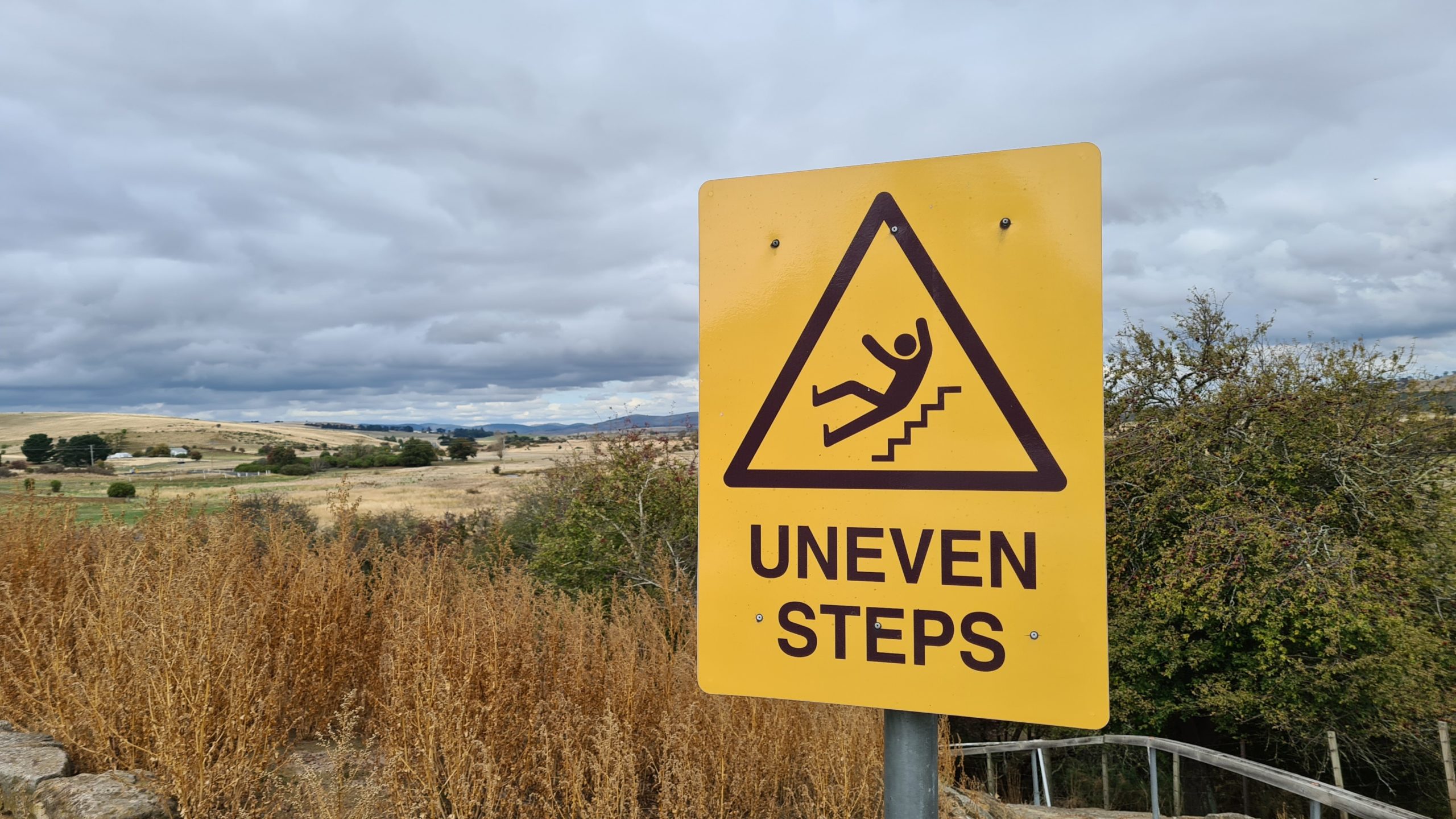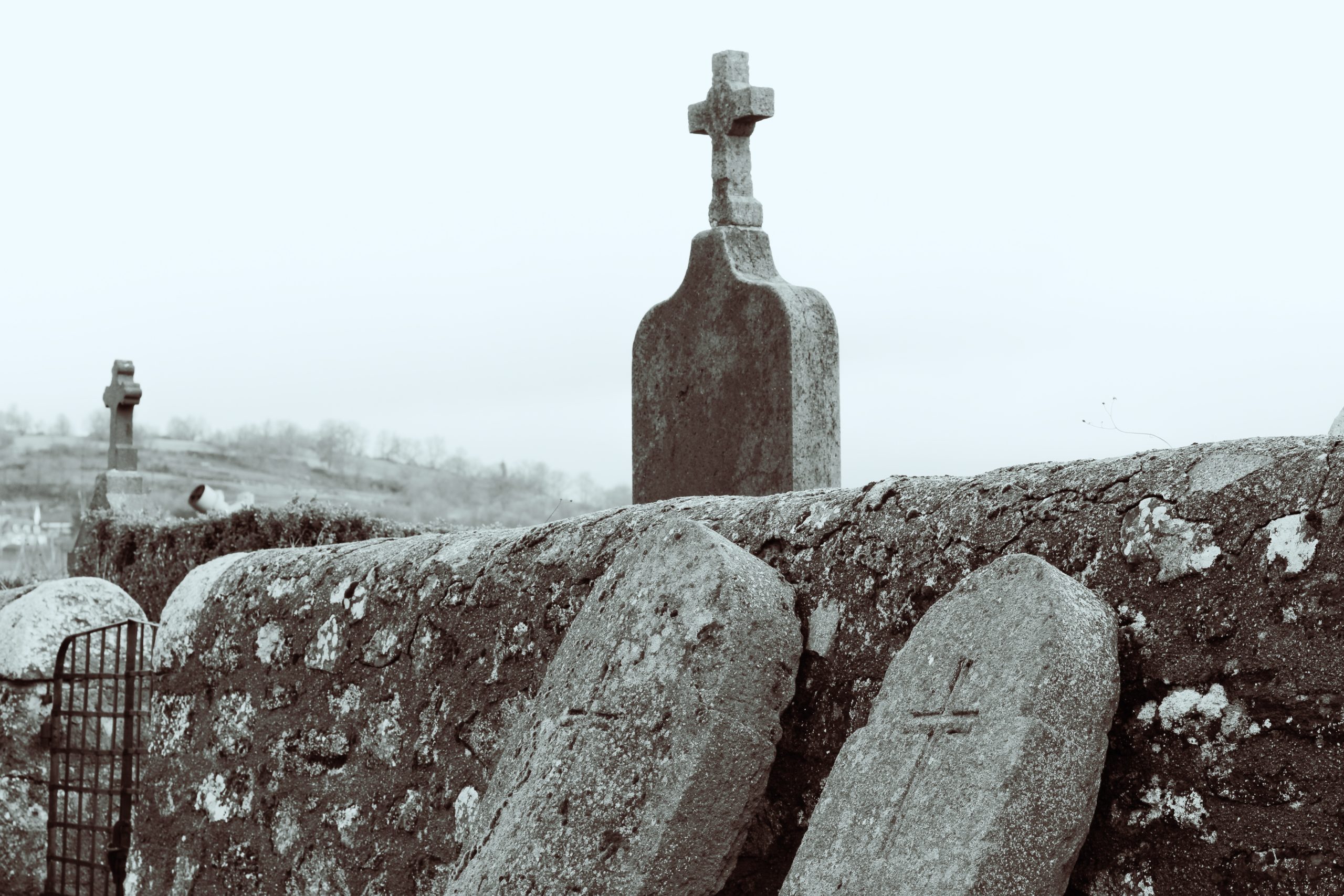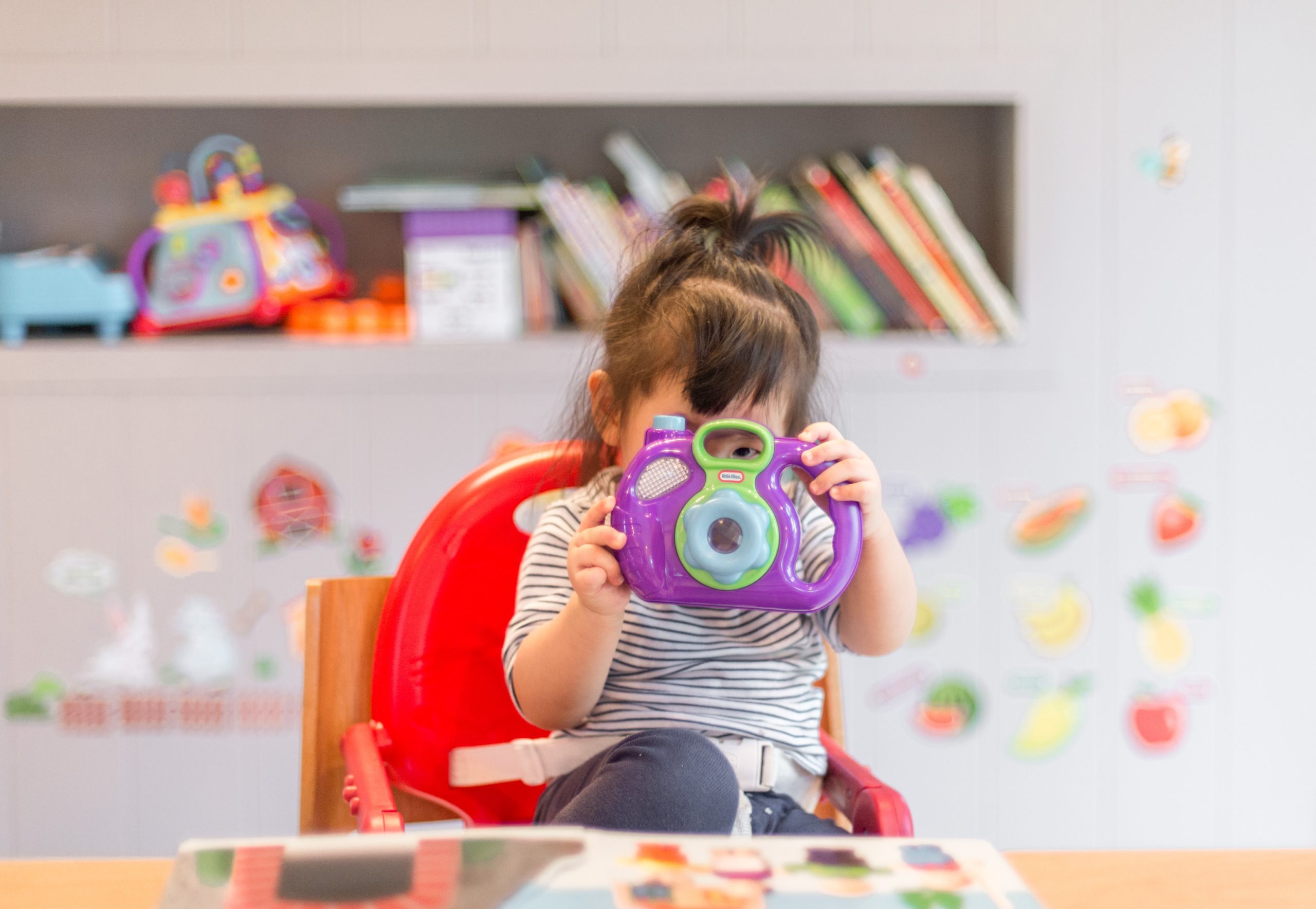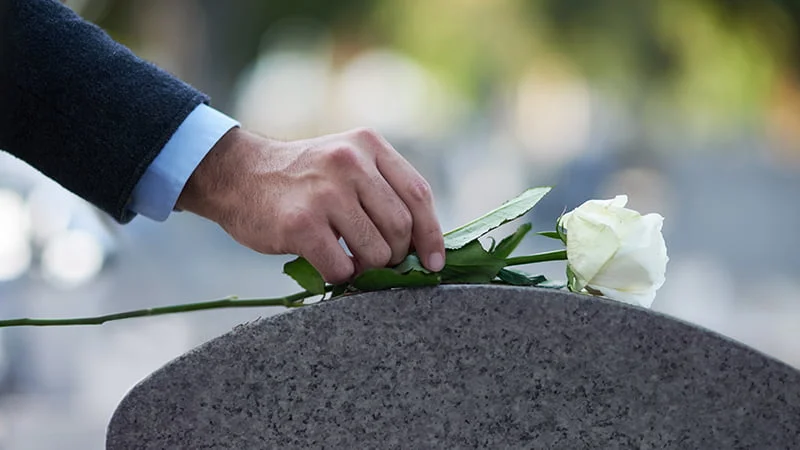This article delves into the comprehensive assessment of damages in slip and fall cases, shedding light on the true financial implications. By examining the various factors involved in determining damages, this analysis aims to provide a clearer understanding of the actual costs associated with such incidents.
Following a slip-and-fall incident, individuals often tend to focus on the immediate expenses, primarily the accumulating medical bills. Nevertheless, the ramifications of a slip-and-fall incident extend significantly beyond the apparent costs. This blog post aims to explore the frequently disregarded elements of damage assessment, offering a comprehensive comprehension of the actual expenses linked to slip and fall accidents.
1. The Impact of Pain and Suffering:
In addition to the physical injuries sustained, there exists a non-quantifiable expense: the emotional and psychological distress experienced by the individual affected. The experience encompasses sleep deprivation, emotional strain, and a significant impact on one’s overall well-being. Although difficult to measure precisely, this particular factor plays a crucial role in evaluating the extent of harm.
2. Diminished Quality of Life:
A slip-and-fall incident has the potential to significantly impact an individual’s quality of life. Hobbies, activities, and simple pleasures that were once a source of joy may now appear as distant recollections. When assessing the actual consequences of the incident, it is essential to consider the negative impact on one’s quality of life.
3. Future Medical Expenses: In this section, we will discuss the anticipated medical expenses that may arise in the future.
While prioritizing current medical bills is important, it is equally crucial to anticipate and plan for future medical expenses. Certain injuries may necessitate continuous treatment, rehabilitation, or potential surgical interventions in the future. The assessment of damages should include an evaluation of the potential long-term healthcare expenses.
4. The Economic Impact on Employment:
The occurrence of a slip-and-fall incident has the potential to impede an individual’s capacity to engage in work-related activities, resulting in a loss of income and the possibility of setbacks in their professional trajectory. When evaluating damages, it is important to consider the economic effects on employment, which encompass not only the immediate loss of income but also the potential long-term implications on one’s career progression.
In this section, we will discuss the topic of home modifications and assistive devices.
Individuals who sustain long-term injuries often require home modifications and assistive devices to accommodate their needs. These frequently neglected expenses serve a crucial function in the restoration of a routine and ordinary lifestyle. When evaluating damages, it is important to take into account the expenses associated with modifying living spaces to meet accessibility requirements.
5. Psychological Impact and Therapy: This section focuses on the psychological impact of certain factors and the corresponding therapeutic interventions.
The maintenance of mental health is an essential component of one’s overall state of well-being. It is worth noting that an incident involving a slip and fall can potentially result in significant psychological consequences. The assessment of damages should include consideration of costs related to therapy, counseling, and mental health support.
Loss of consortium refers to the legal claim made by a spouse or family member for the deprivation of companionship, affection, and support resulting from an injury or wrongful act committed against their loved one.
In situations where a slip-and-fall incident has led to strained relationships, causing a decline in companionship or intimacy, the concept of loss of consortium becomes applicable. The significance of this element, which is frequently disregarded, lies in its recognition of its influence on interpersonal connections and its relevance in the evaluation of damages.
Incurring legal fees and seeking expert consultations are essential aspects of the legal process. These expenses are incurred to ensure proper legal representation and to obtain specialized advice from professionals in the field.
The pursuit of justice and equitable compensation necessitates the engagement of legal counsel and the acquisition of professional consultations. Although they may appear as extra costs, these expenses are essential investments in guaranteeing a comprehensive examination and the inclusion of all aspects of the incident in the assessment of damages.
Within the domain of slip-and-fall cases, the actual expenses go beyond what is immediately apparent on the surface. By recognizing and conducting a comprehensive evaluation of these frequently disregarded factors, we can guarantee that the affected individuals obtain the appropriate compensation they are entitled to. This compensation should accurately account for the complete range of damages suffered and facilitate a more comprehensive path towards recovery. It is important to note that the actual cost encompasses more than just financial expenses, as it also involves the process of reconstructing individuals’ lives.
We are here to help you obtain the settlement you deserve. Reach out to 1-833-DARFOOR.











